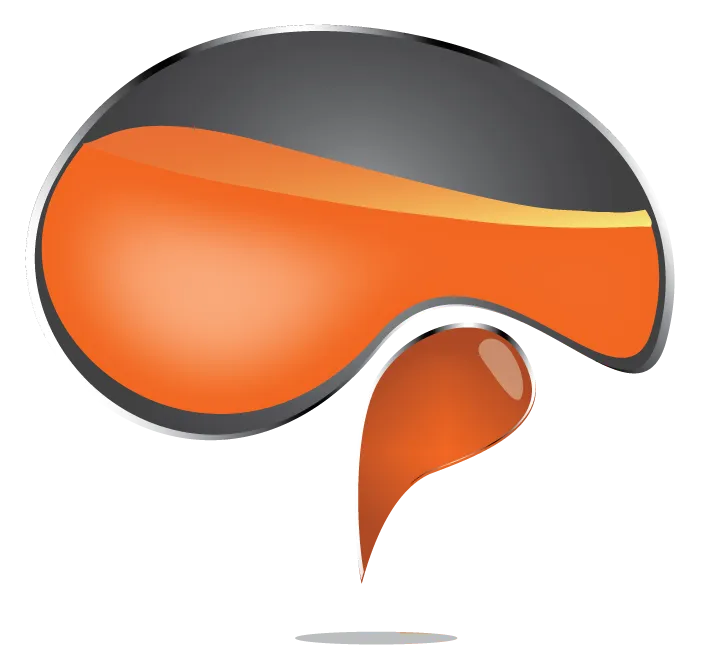- Arc Flash & Electrical Power Training by Jim Phillips
- 800.874.8883
- +1 480.275.7451
If you’re in the electrical world, you’ve probably seen how fast technology is changing the way we maintain equipment. The 2024 edition of Norma NFPA 70E is no exception—it reinforces the importance of keeping electrical equipment properly maintained, as outlined in section 205.4:
“Electrical equipment shall be maintained in accordance with manufacturers’ instructions or industry consensus standards to reduce the risk associated with failure.”
Pretty straightforward. But here’s where it gets even more interesting.
A second informational note in this section adds a key insight:
“Noncontact diagnostic methods in addition to scheduled maintenance activities of electrical equipment can assist in the identification of electrical anomalies.”
Let’s break that down—and see why noncontact methods like infrared scanning y continuous thermal monitoring are quickly becoming must-haves in predictive maintenance programs.
Why Infrared Thermography Matters
Infrared (IR) thermography has long been a cornerstone of noncontact diagnostics. It’s simple, effective, and non-invasive. Using an IR camera, technicians can “see” heat signatures in electrical systems and identify hotspots before they lead to major problems.
As electrical systems age or face stress from things like vibration, thermal cycling, or even loose terminations, they start to show signs—mostly in the form of heat. Increased resistance leads to increased temperature, and that can spell trouble for insulation, components, and overall system reliability.
A real-world example: I once ran a power quality project at an automotive plant where one secondary conductor on a 1500 kVA transformer was running hot. The setup included parallel conductors for each phase, but one terminal was loose, creating higher resistance and uneven loading. The solution? Just tighten the terminal. It sounds simple—but we wouldn’t have caught it without the thermal scan.
Safety First: Hazards and Infrared Surveys
Here’s the catch: IR scans are only effective when the equipment is energized. That introduces some safety concerns.
Both NETA y NFPA 70B recommend performing scans at no less than 40% load—or ideally, at full operating load. But that also means you’re often scanning live equipment, which makes working in an “electrically safe condition” difficult.
So what does NFPA 70E Table 130.5 say? It lists the likelihood of an arc flash during IR thermography (when performed outside the restricted approach boundary) as “No.” But—and this is important—that “No” doesn’t apply when you open panel doors or remove covers. That act alone introduces a potential hazard.
Let me tell you: I’ve opened enclosures only to have wires spring back or loose bolts fall to the bottom of the cabinet. Not fun. Surprises like that are why risk assessments matter.
One smart workaround? Infrared inspection windows. These allow you to scan equipment without opening the door. The thermographer stays protected, and safety hazards are significantly reduced—as long as the windows are installed properly with good sightlines.
Moving Beyond Snapshots: Continuous Thermal Monitoring (CTM)
IR scanning is great—but it’s just a snapshot in time. What happens in between scans? According to ANSI/NETA MTS-2019, the standard interval between surveys is about 12 months. That’s a long time for an issue to develop undetected.
Enter Continuous Thermal Monitoring (CTM)—a newer solution gaining traction across the industry. Instead of periodic scans, CTM uses permanently installed temperature sensors (like thermocouples, thermistors, fiber optics, or even IR sensors) to constantly monitor critical areas. These sensors provide real-time data, minimize worker exposure to electrical hazards, and can alert teams to potential failures well before they happen.
We’re seeing growing adoption of CTM in systems like switchgear and motor control centers. In fact, an IEEE working group is currently developing a new standard:
IEEE 2969 – Guide for Continuous Thermal Monitoring of Switchgear and Motor Control Centers Below 52 kV.
That’s a strong sign this technology is moving mainstream.
Reinventing Maintenance—One “Better Mousetrap” at a Time
The old saying goes, “Build a better mousetrap, and the world will beat a path to your door.” In our world, that means creating smarter, safer ways to prevent failures and keep people protected.
Noncontact diagnostics like infrared thermography and CTM are just that—better mousetraps. They make maintenance smarter, improve reliability, and most importantly, reduce risk.
As Norma NFPA 70E continues to evolve, so must our approach to maintenance. The tools are here. The data is clear. And the opportunity to elevate electrical safety has never been better.
| Galleta | Duración | Descripción |
|---|---|---|
| cookielawinfo-checbox-analytics | 11 meses | Esta cookie está configurada por el complemento GDPR Cookie Consent. La cookie se utiliza para almacenar el consentimiento del usuario para las cookies en la categoría "Analíticas". |
| casilla de verificación funcional de cookielawinfo | 11 meses | La cookie está configurada por el consentimiento de cookies de GDPR para registrar el consentimiento del usuario para las cookies en la categoría "Funcional". |
| cookielawinfo-checkbox-otros | 11 meses | Esta cookie está configurada por el complemento GDPR Cookie Consent. La cookie se utiliza para almacenar el consentimiento del usuario para las cookies en la categoría "Otros". |
| casilla de verificación necesaria para cookielawinfo | 11 meses | Esta cookie está configurada por el complemento GDPR Cookie Consent. Las cookies se utilizan para almacenar el consentimiento del usuario para las cookies en la categoría "Necesarias". |
| casilla de verificación de rendimiento de cookielawinfo | 11 meses | Esta cookie está configurada por el complemento GDPR Cookie Consent. La cookie se utiliza para almacenar el consentimiento del usuario para las cookies en la categoría "Rendimiento". |
| política de cookies vista | 11 meses | La cookie está configurada por el complemento GDPR Cookie Consent y se utiliza para almacenar si el usuario ha dado su consentimiento o no para el uso de cookies. No almacena ningún dato personal. |
